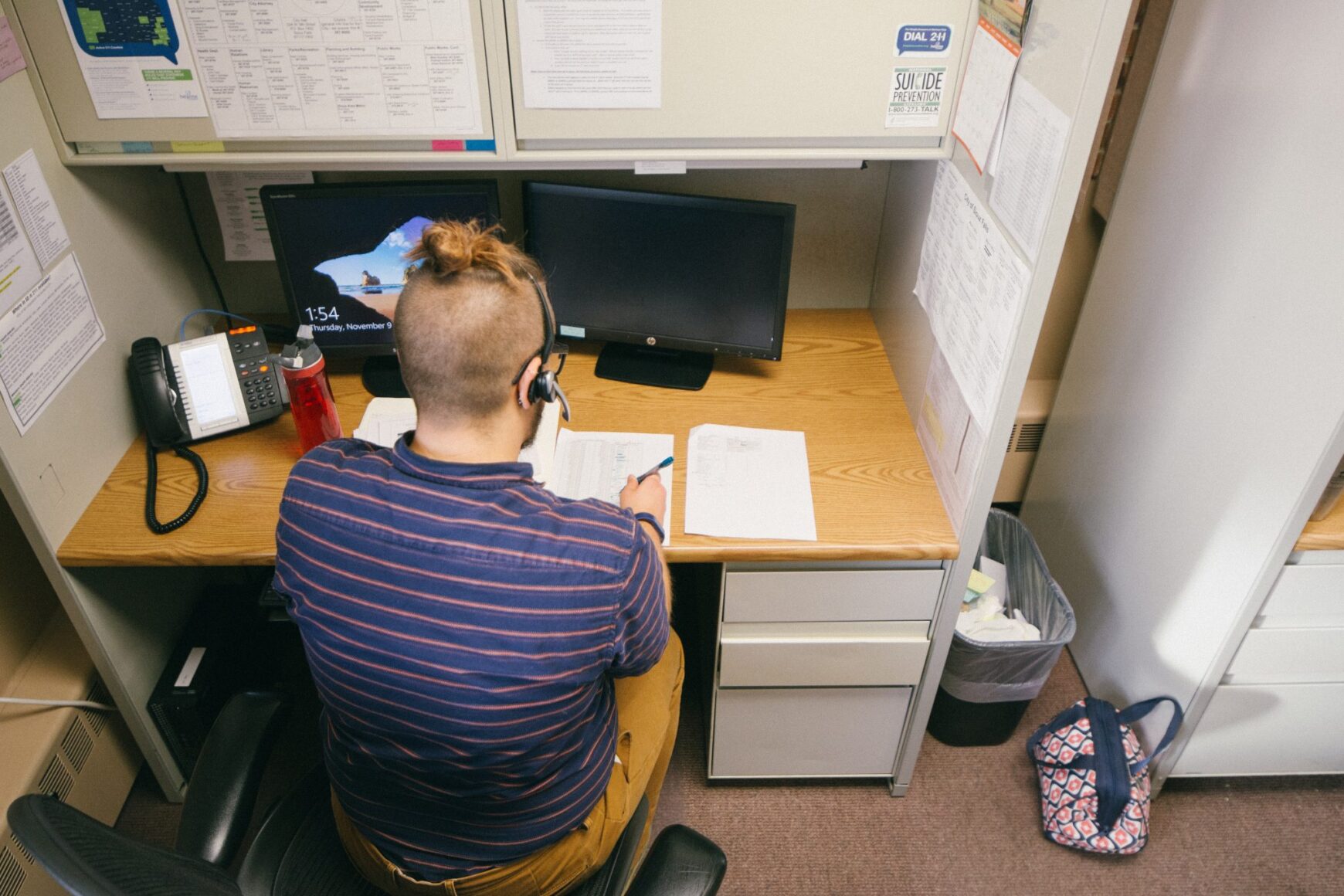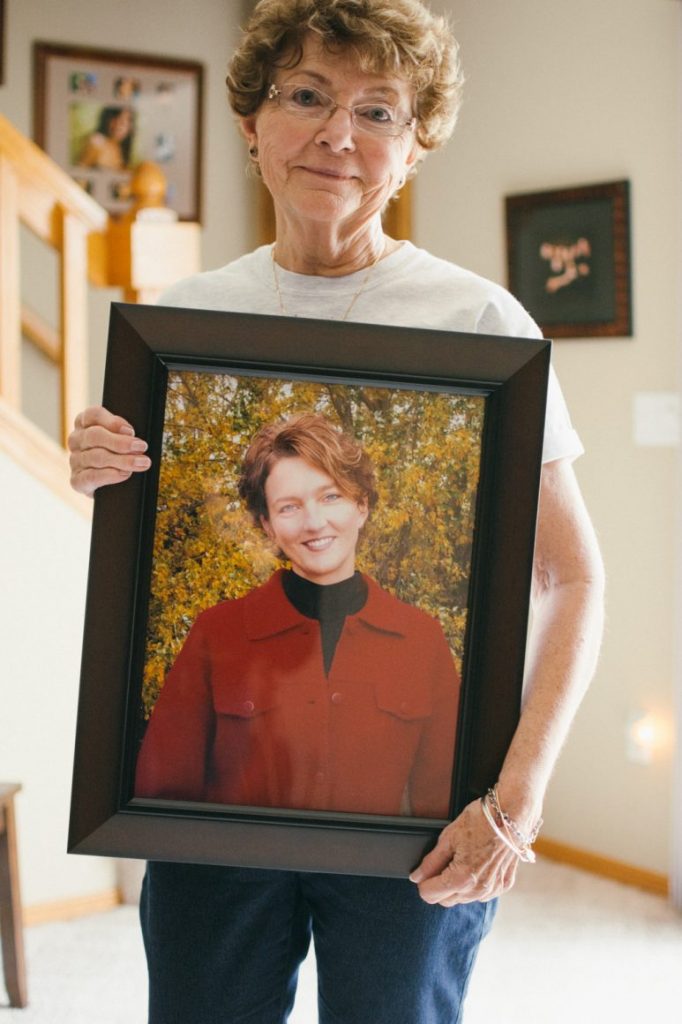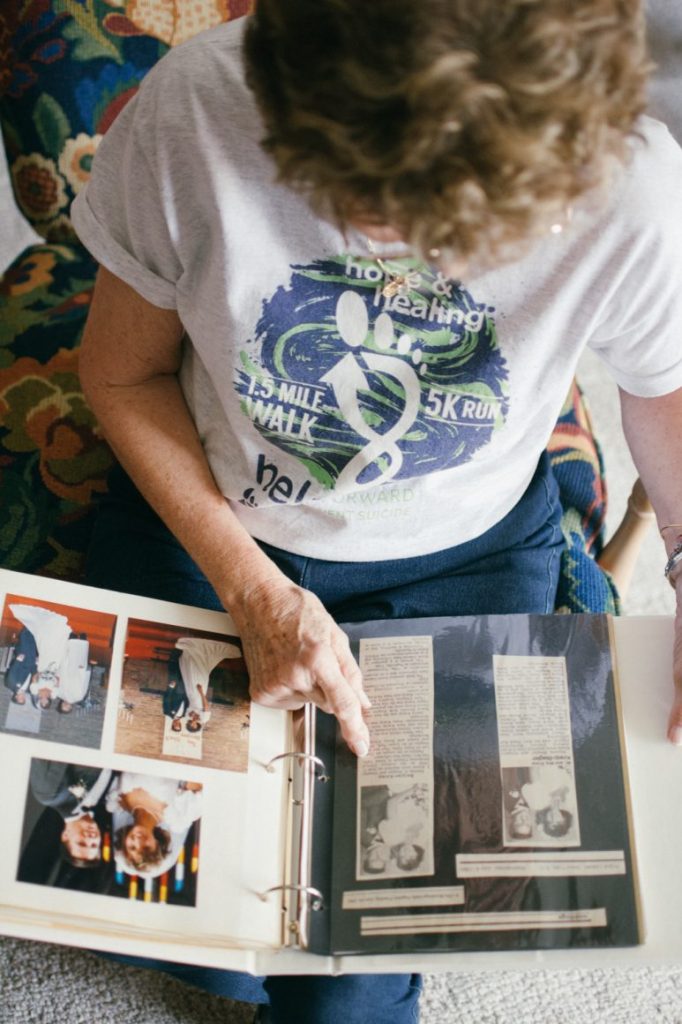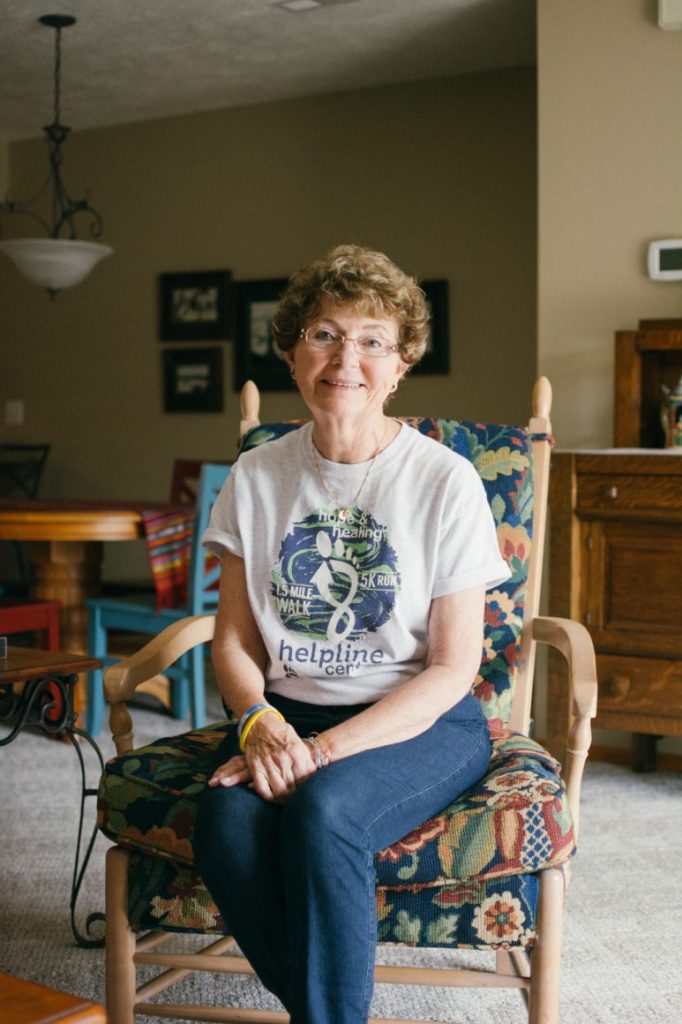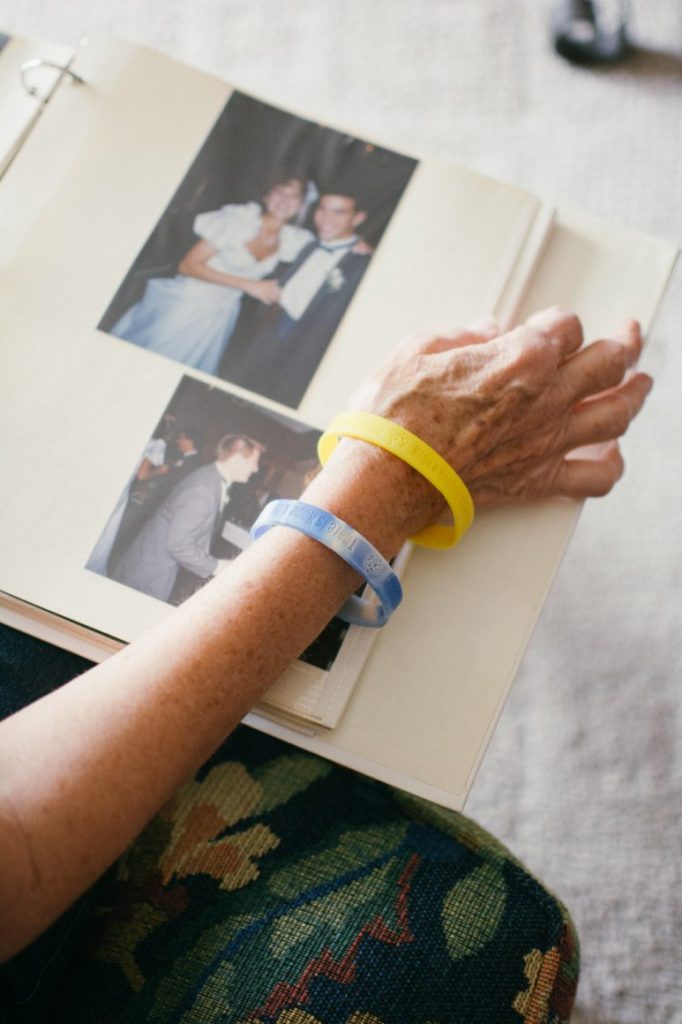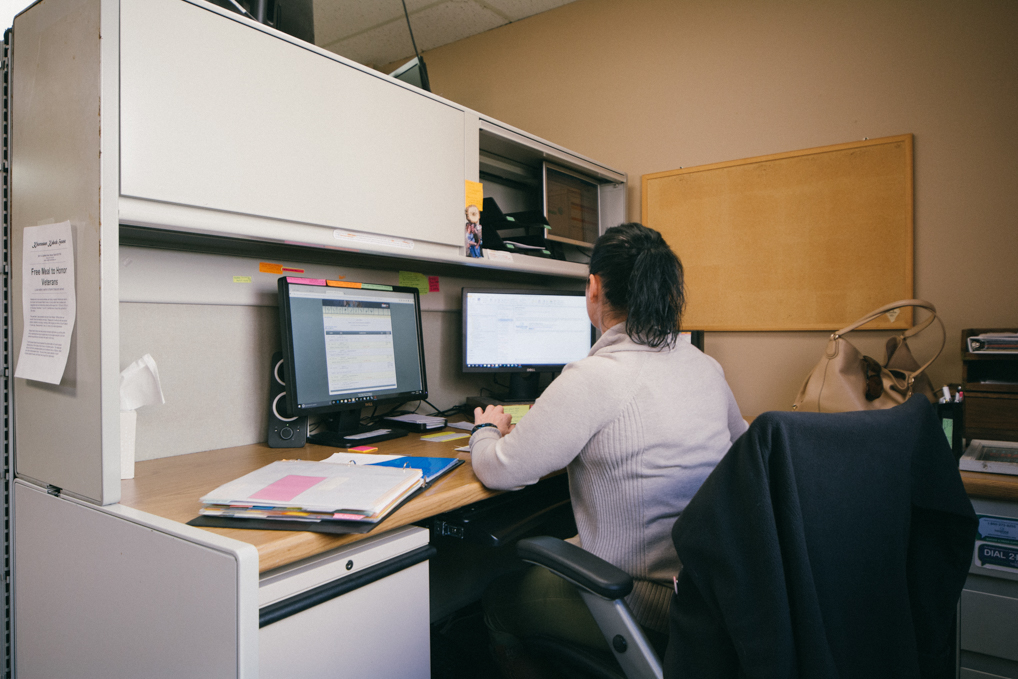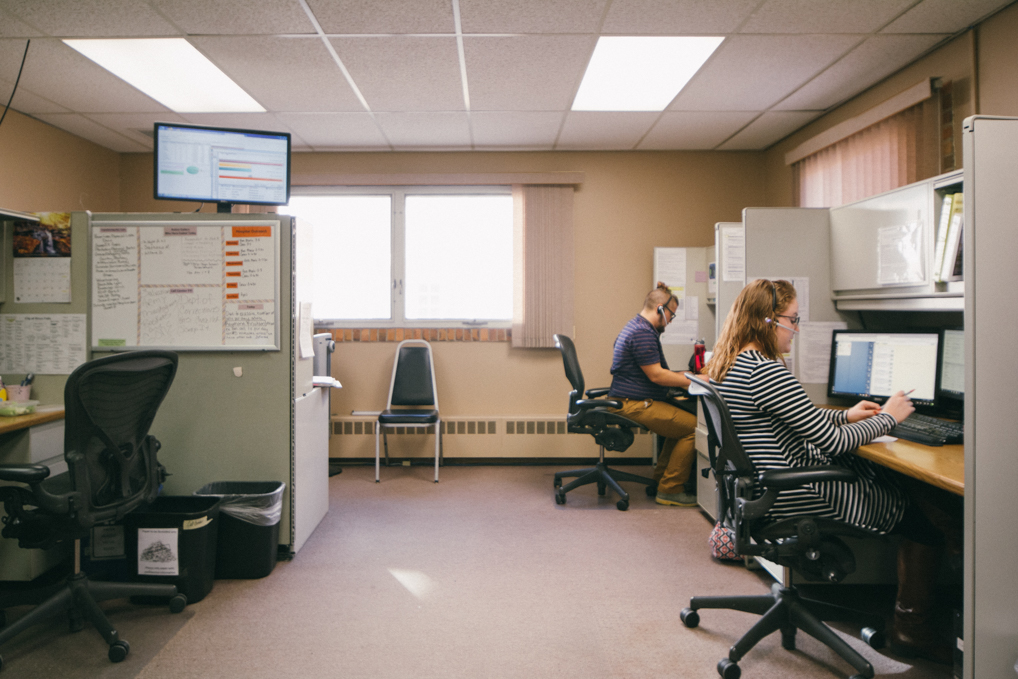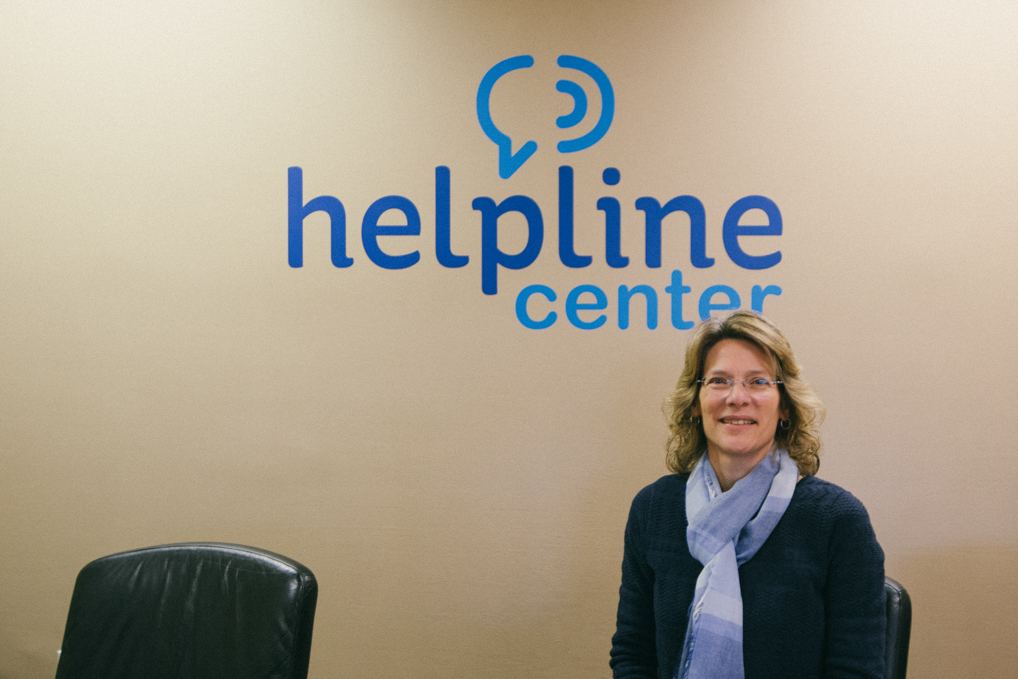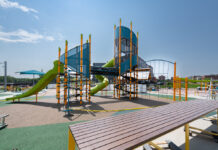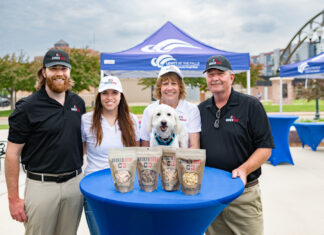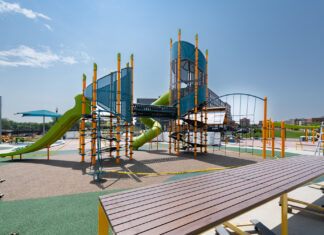Diana Lee thought October 17, 2014 was just another Friday. She recalls it was a beautiful fall day. Lee was getting ready to go pheasant hunting when she received a text message from her daughter, Pamela Ann Kneip, telling her to have fun. It was supposed to be just another day.
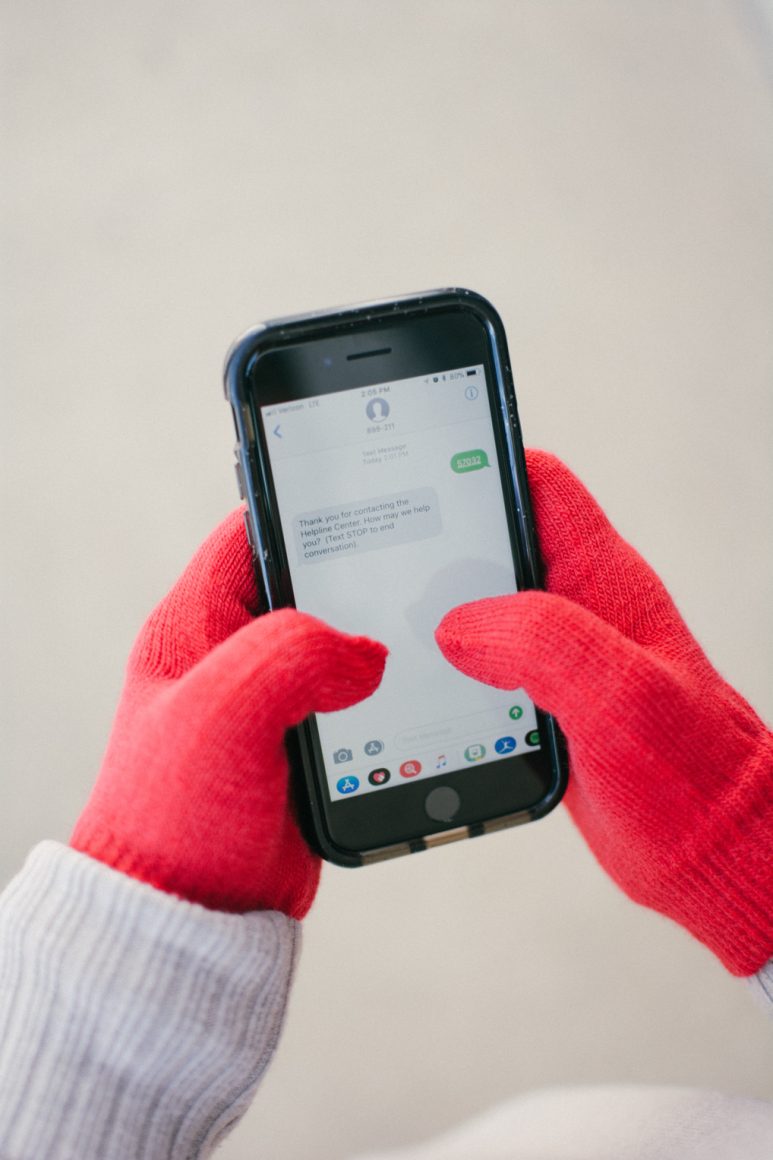
But Pam’s husband contacted Lee that evening wondering if she knew where Pam was, because he couldn’t get a hold of her or find her anywhere. By 10 p.m., neither Lee nor Pam’s husband had heard anything from Pam. Lee drove back to Sioux Falls to look for her daughter. The only possible scenario racing through Lee’s head was maybe Pam was in a car accident due to her heart condition, or maybe she was abducted. It wasn’t until the next morning that Lee learned what happened: her daughter had died by suicide. She was 49 years old when she passed away.
Pam was a successful realtor in Sioux Falls. She had many accomplishments to be proud of, but she most cherished her role as Abbie Kneip’s mother. She was dedicated to her family. But Pam struggled with a heart condition that affected her life in a major way. To the outside world, she seemed to be handling it well.
Lee recently went on a trip with a friend over the third anniversary of her daughter’s death. She said it’s better for her to be out of town around the anniversary.
“My daughter was my companion, my friend. I loved spending time with her; we spent a lot of time together. We were a lot alike. We just enjoyed life together,” Lee said. “I never dreamt she would die by suicide.”
Lee continues to grieve and learn how to deal with the tragedy, but she knows she will be okay thanks to the support she has received specifically from the Helpline Center. The Helpline Center has three core service areas: 211 Helpline, Volunteer Connections, and Suicide and Crisis Support. Soon after her daughter’s death, the Suicide and Crisis Support division reached out to Lee to offer their suicide support services. Since then, Lee completed a nine week surviving suicide class and now attends a monthly suicide support group with others who have also been affected by suicide. Lee explained that those in the group have strongly bonded due to their common experience.
“Looking back, I did see signs of depression [in Pam], but I didn’t know what I was looking at,” Lee said. “Now I know a lot of things to watch out for.”
“I didn’t know anything about suicide, except it happened to other people. Not my family,” Lee said.
Within the Suicide and Crisis Support is the Suicide Hotline. Dialing the national hotline will route back to the Suicide Hotline in Sioux Falls. Professionals answer the phones 24/7 to speak with those all across South Dakota contemplating suicide or those who know someone contemplating suicide. People can call to speak with a professional hoping to explain that suicide is not the answer and offering steps of support and services available. High school students and university students can also send text messages if they don’t want to call. Texting programs are available for 40 high schools across the state, as well as Augustana University, Black Hills State University, South Dakota State University, and University of Sioux Falls.
“The vast majority of the time, people are struggling, but are not in immediate danger. We help them create a safety plan that helps them know who to call or who to talk to, and where to reach out for help if they get in that immediate crisis state,” explained Janet Kittams-Lalley, president of the Helpline Center. “We make sure they’re in a safe place, then we offer to call them back within 24 hours. We’ll keep calling them back to touch base to see how they’re doing.”
The Suicide Hotline also receives calls on domestic violence, sexual assault, and child abuse, which they handle accordingly.
Trainings on suicide prevention are also offered across the state so people can learn the warning signs are of those contemplating suicide. If someone does have to endure the loss of a loved one to suicide, the Suicide and Crisis Support will reach out to offer grief support through outreach phone calls, support groups, and information packets for survivors — all services Lee took advantage of.
The second core service area is the 211 Helpline, assisting those looking for community resources such as financial assistance, childcare, transportation, housing, and other necessities. The resources can also be found on the website, by sending an email, or sending a text message.

Kittams-Lalley explained they have a database of more than 3,000 resources to answers caller’s questions. Sixty percent of the population across South Dakota is able to dial 211 to get assistance on what resources are available near them.
“Generally speaking, there is some type of referral; we will refer people to nonprofit or government services, but we generally don’t refer to for-profit businesses. We aren’t the Yellow Pages,” Kittams-Lalley laughed.
During the holidays, the call volume does increase as people are looking for resources to get food and presents. The Helpline Center creates Holiday Lists for assistance, volunteering, giving, and events during the holidays. It helps those needing assistance and those wanting to volunteer and give back during the holidays.
Several other services fall under the 211 Helpline umbrella. There is Health Navigators, which focuses on offering free breast cancer screenings through the Department of Health for those deemed eligible within the at-risk age group. There is the Childcare Helpline that keeps a database of all the available daycare providers across the state to match parents with those providers.
Sioux Empire Network of Care was launched within the last year. It is a shared software system between six agencies in Sioux Falls, including Community Outreach and The Banquet. All the agencies operate on the same software. When clients visit one of the agencies and complete a common intake form, their information is entered into the shared system, so when they visit another agency, their information is already there, saving clients time from retelling their stories and allowing the agencies to run efficiently. It also allows the agencies to see what services clients have received and makes sure they aren’t being missed. Kittams-Lalley hopes they will continue to add agencies to the coordinated system.
Volunteer Connections is the third service area, available in Sioux Falls, Rapid City, and Brookings. A database of all the volunteer opportunities is maintained for each community.
“Our job is to promote volunteerism and to give back through volunteerism. We also recognize volunteers.” Kittams-Lalley explained.
“We are there to connect people and provide hope,” Kittams-Lalley said.
The Helpline Center recently hosted the event Hands On, which brings in non-profit organizations with projects to be completed. The goal is to encourage community members to volunteer and see what it’s like and, hopefully, continue to volunteer. Kittams-Lalley disclosed that pretty much anything you can think of doing is available as a volunteer opportunity. There are opportunities with animals, children, and the elderly. Anything from administrative work to the arts is available as volunteer opportunities.
Dorothy Kluckman of Sioux Falls has used Volunteer Connections to make volunteering a priority. She usually participates in three to four volunteer opportunities per month. She has made cards, delivered candy grams, and helped with the annual Suicide Walk put on by the Helpline Center. Kluckman receives weekly emails that inform her of the volunteer opportunities available, which she wouldn’t know about otherwise.
One year she volunteered for the Shoe Giveaway with the Salvation Army. She met one mother with three children. All her children were able to get a new pair of shoes, and Kluckman recalls how happy they were about new shoes. The mother was crying and so thankful for the help.
“Even if you think you have no skills, you do. There’s something you could do in the community,” Kluckman said.
Lee has experienced the help that the staff members and volunteers offer firsthand. She has so much appreciation toward the services offered. Many suicides can be prevented, and Lee is grateful the Helpline Center is teaching others to be aware of the people around them and to ask how they’re doing.
“Help and support comes from people at the Helpline Center,” Lee said.
For more information, visit helplinecenter.org. •
The Facts:
Helpline Center opened in 1974.
Blended Call Center takes care of both crisis and information.
211 Helpline and Suicide Hotline can be reached 24/7, day or night.
60% of South Dakota can access the 211 Helpline.
16 counties have access to the 211 Helpline.
1,500 crisis calls are made per year to Helpline Center.
3,000 community resources are available to callers.
The Contacts:
211 Helpline
Dial 211, text zip code to 898211, or visit helplinecenter.org
Volunteer Connections
Dial 211 or visit helplinecenter.org
Suicide Hotline
Dial 1 (800) 273-8255, high school students text ‘icare’ to 898211, university students text school’s shortname to 898211.
Holiday Lists
Visit helplinecenter.org


